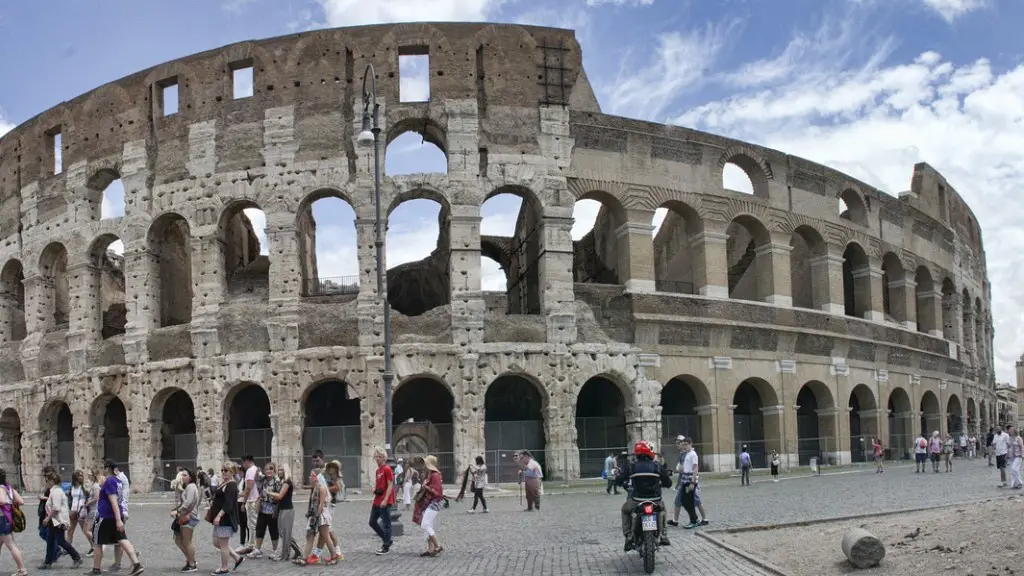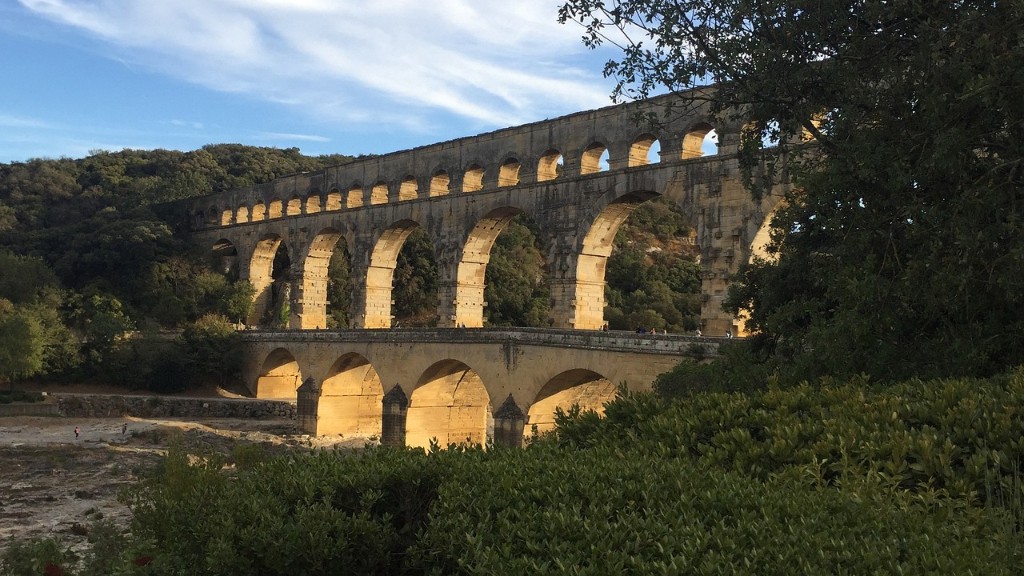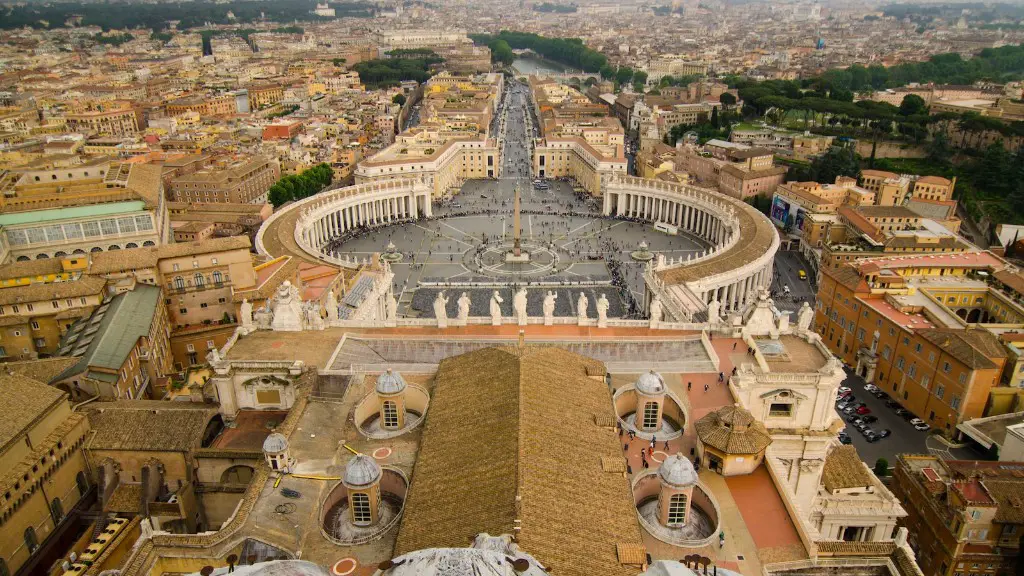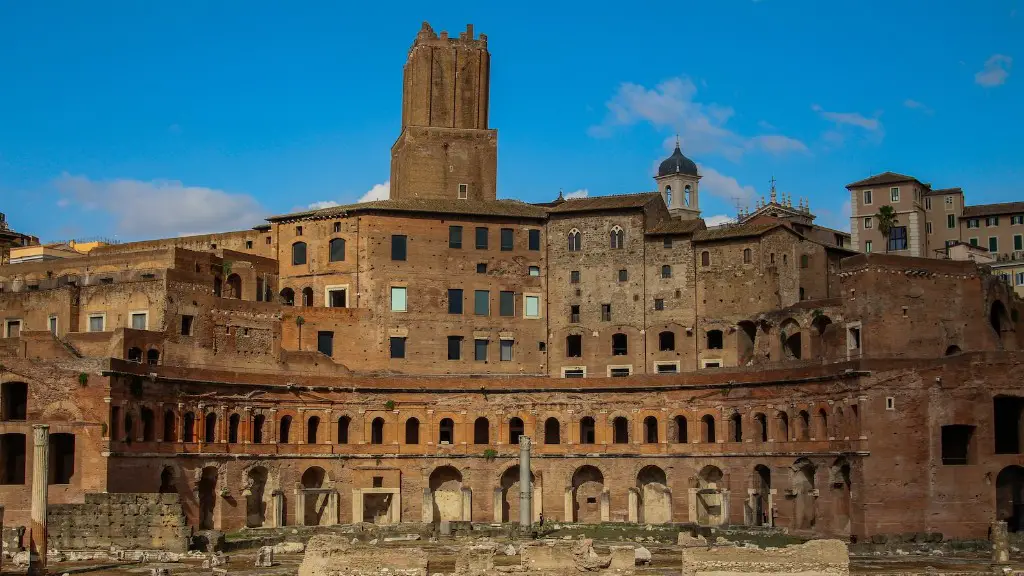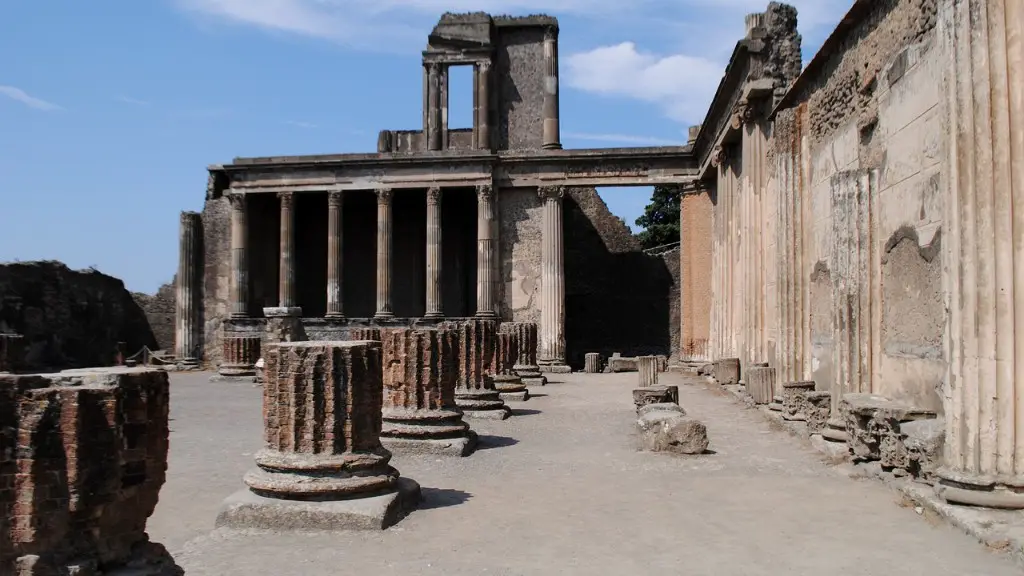Etruria is an ancient Italic region located roughly west of Rome. It is the homeland of the Etruscans, an early civilization that flourished in the Mediterranean around 900–200 BC. The Etruscans were one of the first great ancient civilizations and were technologically, culturally and commercially advanced. Although little is written about the original Etruscan people, there is much archaeological evidence to reveal their history and culture.
Etruria existed as a powerful and independent state before becoming a part of ancient Rome. The boundaries of Etruria were not exact, but generally consisted of the Apennine mountain range, the TiberRiver, Etruria’s capital of Tarquinia, and the Arno River. It is believed that it was around the sixth century BCE that Etruria was annexed by the Roman state. With this, the people of Etruria became Roman citizens and Etruria a Roman province.
In the capital of Tarquinia, craftsmen chose colors, designs and figures of gods and goddesses to fashion in clay and other materials. It is likely that the Etruscans imported their early ideas about the afterworld from the Ancient Near East cultures, but it was the Celts, who entered the region around the seventh century BCE, that later contributed to much of the Etruscan belief system. It was during this time that the Etruscans had a pantheon of gods, with Tinia being the most highly revered among them. Tinia was a god of the sky, easily identified by his hammer-shaped thunderbolt.
Etruscan tombs were built with large amounts of luxurious items inside, and are sometimes described as chapels, suggesting that they had a specific religious significance. Archaeologists have found many artifacts inside the tombs that provided evidence of the religious beliefs of the time. These artifacts include jewelry, weapons, tools, and coins, as well as pottery depicting scenes from everyday life or of gods.
The Etruscan civilization left behind many works of art and artifacts that continue to provide valuable insights into their beliefs and customs. However, the people of Etruria are best known for their advanced engineering and architecture, which can still be seen today in the surviving remains of their structures, such as the impressively large walls surrounding Tarquinia that were likely built for defense.
Etruria was also heavily involved in trade and commerce. Etruscan traders traveled all over the Mediterranean region to acquire goods, spices, and metals. They were particularly interested in gold and silver, and they were skilled in the methods of working them. Etruria was especially known for her seaworthy ships. Its vessels had high upcast bow and sterns, that allowed them to sail on the open sea, and they were very capable of docking in foreign ports along the Mediterranean.
In conclusion, Etruria was a prosperous region of ancient Rome. Its rich culture and advanced engineering continue to provide an invaluable source of information about the past. It is clear from the examination of its legacy that, at its height, the Etruscan people had a powerful influence on Italy and much of the Mediterranean world.
Etruscan Belief System
The most important aspect of the Etruscan belief system was the concept of the afterlife. This was a major part of the Etruscan culture, and there were several temples dedicated to it. The Etruscans believed that the souls of their dead lived on in the afterlife and had to be cared for in order to ensure that the family was blessed. Thus, it was common for Etruscan tombs to be built with lavish decorations and offerings.
Another major part of the Etruscan belief system was the presence of gods and goddesses in their pantheon. The most important among these was Tinia, the sky and thunder god. He was usually depicted as having a hammer-shaped weapon and having a connection to lightning. Tinia was seen as the protector of the Etruscan state and was highly revered. Other deities included the deities of the underworld, agricultural deities, and goddesses associated with fertility, love, and marriage.
The Etruscans believed in fate and the importance of prophecy, which they believed they could glean from a variety of sources, such as dreams and the flights of birds. Thus, the Etruscans had several shrines devoted to divination,where they sought advice and information on branches such as love, death, and their fortunes. The Etruscan belief system also entailed worshipping their ancestors, which was seen as an important part of the community and the afterlife.
Etruscan Language
The Etruscan language is an ancient tongue that is no longer spoken today. It is believed to have developed from the 8th to the 1st century BC and is believed to have been a part of the large family of Italic languages. Etruscan is thought to have been spoken primarily in the area of Etruria and the Western Mediterranean, from the French coast to the Greek Straits of Messina, including some of the islands of the Aegadian and Balearic archipelagos.
The language remains mysterious and elusive, as there is no concrete evidence that actually proves the Etruscans spoke it. Although there are a few hundred inscriptions written in Etruscan, most of these are short and fragmentary, so only a few dozen words can be identified with any certainty. Despite its lack of written record, certain aspects of the language can be inferred from the surviving inscriptions.
The language of the Etruscans was quite different from that of the Romans. It is believed that the language was used in many areas of everyday life, including religious rites, commerce, and even in the home. Although there is limited knowledge of the actual words used for different activities, the surviving inscriptions show that the Etruscans used symbols in a similar fashion to modern writing, with symbols having particular meanings assigned to them.
Archeological Findings
The archaeological findings associated with the Etruscans have revealed much information about their customs, beliefs, and lifestyle. Mirroring the beliefs about their underworld and gods, the Etruscans buried their deceased in large tombs that were elaborately adorned with decorative wall paintings and sculptures. Many of the artifacts found in these tombs, such as coins and jewelry, often depict various religious motifs and provide further evidence of their beliefs.
In addition, archaeologists have discovered weapons, tools and other objects that provide further insight into the capabilities of the Etruscans. Bronzes and pottery are particularly abundant in Etruscan sites, which reflect their high level of mastery in the manufacture of these materials. Jewelry, coins and other precious objects were also commonly found in Etruscan tombs, attesting to the wealth and importance of the Etruscans in the Mediterranean.
The many archeological findings related to Etruria continue to provide valuable information about the people who once lived in this region. Without the artifacts discovered at Etruscan sites, our understanding of their culture and beliefs would be highly limited. Thus, Etruscan archeology remains an invaluable source for learning about the past.
Relations with Ancient Rome
The Etruscan civilization had a major impact on the history of Rome. This is most clearly seen in the impact the Etruscans had on Rome’s political and social system. The kings of Rome during the Republic were Etruscan in origin and were considered to be descendants of the gods. Furthermore, the Etruscans were instrumental in the creation of many early political institutions, such as the Senate and the Roman legal system.
In addition, many aspects of Etruscan culture were adopted by the Romans, most notably some of their religious beliefs and practices. The practice of cremation was adopted from the Etruscans, as was the nature of some of the gods worshipped in Rome. Etruscan engineering and architecture were also highly influential, particularly in urban design and construction, with many of the major public buildings in Rome being based on designs developed by the Etruscans.
The Etruscans also became important allies of Rome during the Republic, with Etruscan forces often supporting the Roman legions on campaigns. However, as Rome’s power and influence grew, the Etruscans were eventually outnumbered and absorbed into the Roman state. Despite this, their legacy continutes to be a major source of information and insight into Rome’s past.
The Legacy of Etruria
The legacy of Etruria remains an important part of Roman history. Much of the information about this ancient culture has been gleaned through artifacts and inscriptions found in the Rome area, especially in the tombs of Etruscan nobles. Unfortunately, much of what we know about the Etruscans is incomplete and speculative due to the fact that the language has long been lost.
However, through archeological research and study, much of the Etruscan culture and customs have been revealed. They are known for their advanced engineering and architecture, their skill in working with gold and silver, and the many artifacts that provide insight into the beliefs and customs of Etruscan society. In addition, their relations with Rome were of great importance and their legacy continues to be an invaluable source of knowledge about the past.
